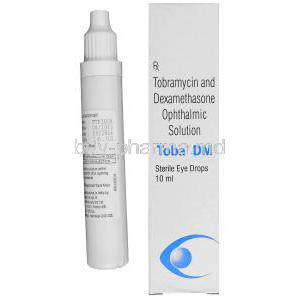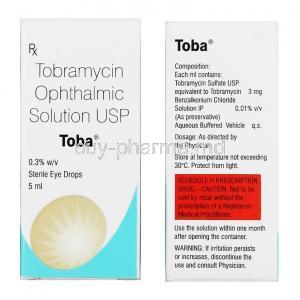Phenylephrine Eyedrop
- Introduction
- Uses of Phenylephrine Eyedrop
- How Phenylephrine Eyedrop Works
- Composition of Phenylephrine Eyedrop
- Phenylephrine dosage
- Side effects of phenylephrine
- Warnings and Precautions
- Contraindications
- Interaction with Other Medications
- Careful Administration
- Administration in Special Populations
- Overdosage
- Storage Guidelines
- Handling Precautions
Introduction
Phenylephrine eye drops are a widely recognized pharmaceutical agent frequently employed in ophthalmology. This potent solution is a reliable remedy for a variety of ocular conditions. Its versatility extends to both therapeutic and diagnostic applications, making it a cornerstone in eye care.
Historically, phenylephrine was first developed as a sympathomimetic agent, revolutionizing treatments in ophthalmology. Over the decades, its clinical utility has expanded significantly, earning global regulatory approvals. Today, phenylephrine is an essential tool for ophthalmologists worldwide, accessible in various formulations tailored to specific needs.
Uses of Phenylephrine Eyedrop
Primary Therapeutic Applications
Treatment of ocular redness:
Phenylephrine helps reduce redness by narrowing blood vessels and offering relief.
Diagnostic pupil dilation (mydriasis):
An essential instrument used during eye examinations to achieve a view of the optic nerve.
Reduction of intraocular pressure:
Though it comes second in importance compared to other factors considered in situations, its ability to reduce pressure can be quite beneficial.
Off-Label Uses
Management of anterior uveitis:
Reduces inflammation and prevents posterior synechiae formation.
Treatment of Horner's syndrome:
A diagnostic aid for this neuro-ophthalmological condition.
Adjunctive therapy in eye surgeries:
Enhances surgical outcomes by ensuring adequate pupil dilation.
How Phenylephrine Eyedrop Works
The active compound, phenylephrine hydrochloride, is a potent sympathomimetic agent. It activates alpha-adrenergic receptors, leading to the contraction of the iris dilator muscle. This physiological action causes pupil dilation without impacting the ciliary muscle, ensuring a clear and static visual field.
The onset of action is rapid, typically occurring within 15-30 minutes, and the effects persist for several hours, making it ideal for both short-term and prolonged interventions.
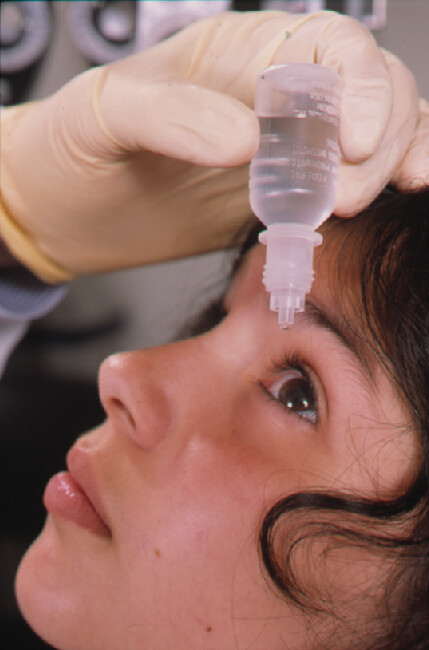
Composition of Phenylephrine Eyedrop
Active ingredient:
Phenylephrine hydrochloride is found to have strengths, like 2 percent and 10 percent solutions.
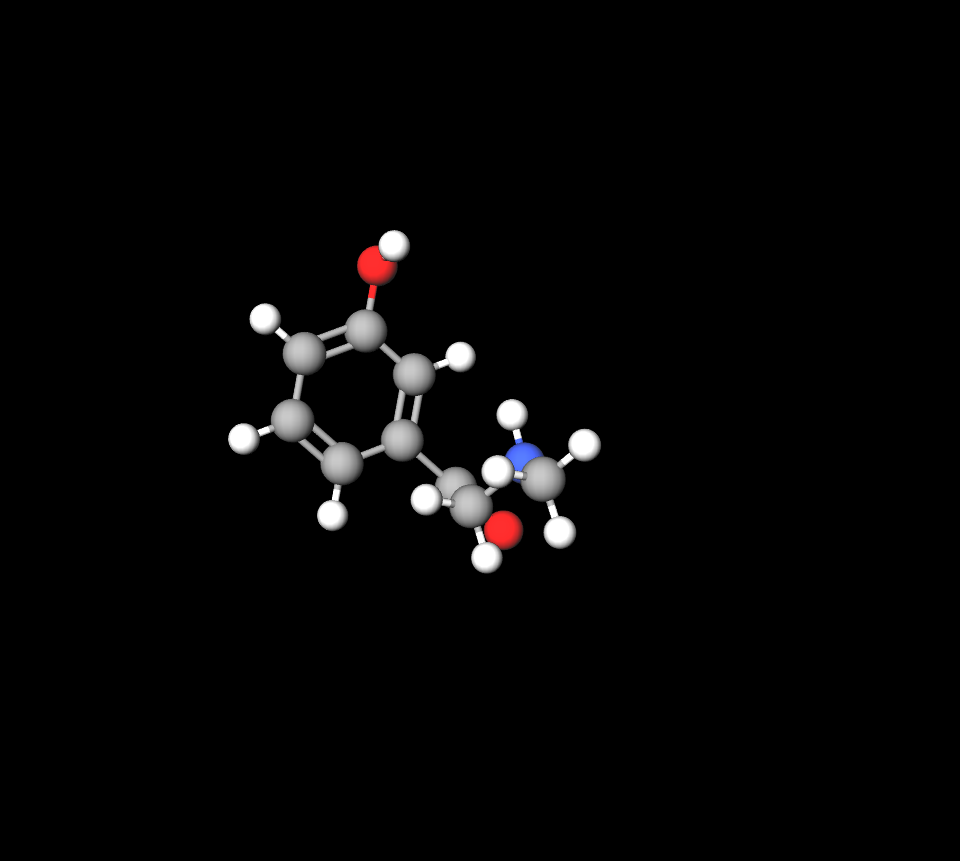
Inactive ingredients:
The solution's effectiveness is preserved by incorporating stabilizers and preservatives along with pH-adjusting agents.
Available concentrations:
A variety of customized choices to meet the needs of patients and medical situations.
Pseudoephedrine and phenylephrine
Pseudoephedrine acts as a decongestant and functions similarly to phenylephrine by alleviating sinus congestion and pressure caused by colds or allergies. The main distinctions between phenylephrine and pseudoephedrine can be found in their effectiveness levels, side effects, and likelihood of misuse.
Acetaminophen and phenylephrine
A mix of acetaminophen and phenylephrine is used to address headaches, fever, and body aches, as well as nasal congestion and sinus discomforts. Acetaminophen is attributed to pain-relieving and fever-reducing properties, while phenylephrine acts as a decongestant by reducing the size of blood vessels in the nasal region.
Oxymetazoline vs phenylephrine
Both oxymetazoline and phenylephrine are decongestants. They differ in their duration of action, on congestion relief; oxymetazoline offers relief for up to 12 hours while phenylephrines effects last less, than 4 hours.
Phenylephrine vs epinephrine
Epinephrine does not act differently from phenylephrine. It also has the added effect of stimulating cardiac beta receptors to create positive changes in heart rate and strength.
Diphenhydramine phenylephrine
Diphenhydramine phenylephrine is a combination of antihistamine and decongestant commonly used to alleviate symptoms of allergies or sinus issues, such as congestion and a runny nose.
Phenylephrine dosage
The standard dosage varies based on the indication:
- For diagnostic use: 1-2 drops of a 2.5% solution instilled 15 minutes before examination.
- For therapeutic purposes: Apply 1 drop every 3-4 hours as needed.
Proper administration technique includes:
- Wash hands thoroughly.
- Avoid touching the dropper tip to prevent contamination.
- Instill drops into the conjunctival sac while avoiding direct corneal contact.
Adjustments may be necessary for children, elderly patients, or individuals with pre-existing conditions.
Side effects of phenylephrine
Overview of Side Effects
Phenylephrine is usually well received by the body; however it may lead to some side effects.
Common Side Effects
Phenylephrine blood pressure
Phenylephrine functions as an activator of receptors to primarily elevate blood pressure by boosting systemic vascular resistance without concurrently affecting myocardial contractility levels.

Rare but Serious Side Effects
- Systemic effects such as elevated blood pressure or cardiac arrhythmias.
- Severe allergic reactions, including swelling and difficulty breathing.
Warnings and Precautions
Key precautions include:
- Avoid excessive use to minimize systemic absorption risks.
- To prevent contamination, do not allow the dropper tip to touch any surfaces.
Patients with pre-existing cardiovascular conditions, hyperthyroidism, or narrow-angle glaucoma should consult their healthcare provider before use.
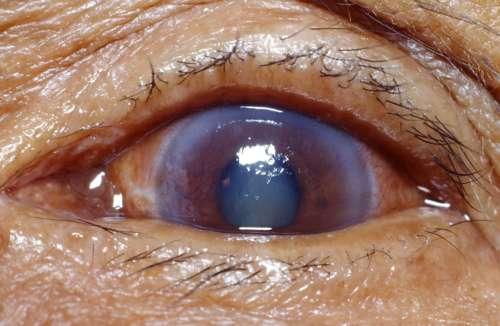
Contraindications
Absolute Contraindications
Certain medical conditions necessitate caution when using phenylephrine eye drops due to the potential for effects.
Hypersensitivity to phenylephrine:
People who have allergies to phenylephrine or any ingredient, in the medication should avoid using it because it may trigger reactions.
Narrow-angle glaucoma:
The administration of phenylephrine may trigger a crisis of acute angle closure glaucoma by elevating pressure and posing a risk of vision impairment.
Relative Contraindications
Sometimes it's crucial to approach the use of phenylephrine, with care by considering both the advantages and disadvantages.
Pre-existing cardiovascular conditions:
Phenylephrine's vasoconstrictive properties may exacerbate hypertension or precipitate arrhythmias.
Hyperthyroidism:
Phenylephrine alternative
Some popular substitutes, for phenylephrine are pseudoephedrine, oxymetzoline, and fluticasone propionate (commonly referred to as Flonase).
Interaction with Other Medications
Potential Interactions with Other Eye Drops
Combining phenylephrine with other ocular medications requires diligence. For example:
- Using multiple vasoconstrictors can amplify side effects, including excessive pupil dilation or eye discomfort.
- Concurrent application with corticosteroids may mask underlying inflammation, complicating diagnosis.
Effects When Combined with Beta-Blockers or Monoamine Oxidase Inhibitors (MAOIs)
Phenylephrine's systemic absorption can interact adversely with:
- Beta-blockers: Potential for unanticipated blood pressure fluctuations or bradycardia.
- MAOIs: High risk of hypertensive crises due to the synergistic potentiation of adrenergic effects.
Precautions When Using Alongside Systemic Medications
Patients on systemic sympathomimetics, antidepressants, or antihypertensives should consult their healthcare provider before use to minimize interaction risks.
Phenylephrine and alcohol
Combining alcohol with medication can be risky. Result in health issues such, as overdose and even fatalities.
Careful Administration
Patients with Cardiovascular Diseases
When giving phenylephrine to people with heart issues, it's important to be extra cautious and monitor their blood pressure and heart rate to avoid worsening any existing conditions.
Individuals with Diabetes or Thyroid Disorders
Phenylephrine could worsen symptoms for individuals with metabolic or endocrine issues like controlled blood sugar levels in people with diabetes or irregular heartbeats in cases of thyroid dysfunction.
Monitoring Requirements for At-Risk Groups
Consistent check-ins and ongoing medical supervision can help prevent issues in at-risk groups and promote the use of treatments.
Administration in Special Populations
Elderly Patients
The elderly are at a risk of absorbing phenylephrine; hence, lower doses and careful monitoring are needed to reduce cardiovascular risks.
Phenylephrine pregnancy and phenylephrine breastfeeding
- Safety profile during pregnancy: Limited data suggest phenylephrine use should only occur if the benefits outweigh potential risks to the fetus.
- Recommendations for lactating women: Exercise caution, as trace amounts could be transferred through breast milk and affect the infant.

Children
Pediatric use warrants lower concentrations and dosage adjustments:
- Neonates and infants: Extra caution due to immature metabolic pathways.
- Older children: Standard concentrations are usually well-tolerated with appropriate oversight.
Overdosage
Symptoms of Overdose
Excessive use of phenylephrine can lead to systemic toxicity, presenting as:
- Severe hypertension, potentially causing headaches or visual disturbances.
- Reflex bradycardia due to baroreceptor-mediated responses.
- Cardiac complications, including arrhythmias and ischemia.
Emergency Response and Treatment
- Activated charcoal: May reduce systemic absorption if administered promptly.
- Symptomatic management: Includes antihypertensive agents and close cardiovascular monitoring.
Phenylephrine max dose
For congestion, in adults the typical dosage is 10 mg taken orally every 4 hours with a daily dose of 60 mg.
Storage Guidelines
- Optimal temperature range: Store phenylephrine eyedrops between 2°C and 25°C.
- Protection from light and moisture: Exposure to these elements can degrade the medication's efficacy.
- Shelf-life and disposal: Adhere to expiration dates and dispose of unused drops responsibly.
Handling Precautions
- Proper handling techniques: Ensure hands are clean before application to prevent contamination.
- Avoiding cross-contamination: Do not share the dropper or touch it to any surface.
- Cleaning and maintenance of application tools: Regularly inspect the dropper and ensure it is sealed tightly after use.














